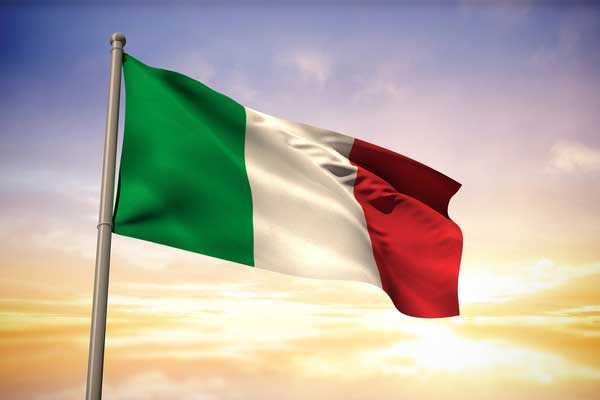Italy is a boot-shaped country in southern Europe bordering countries like France, Austria, and Switzerland. With an area of about 302,000 square kilometers, Italy has a population of around 60 million people, with population density highest in the northern regions. To gain residency, you’ll need more than just a Schengen visa. But Italy offers excellent business opportunities, history, culture, architecture, shopping, entertainment, and natural beauty that draws visitors from around the world.

Milan – The Fashion and Economic Hub of Italy
Known for luxury, elegance, and economy, Milan is located in the northern Lombardy region of Italy. Impeccably dressed people and flawless architecture give Milan a sophisticated, energetic vibe. Even bartenders wear suits! Dating back to Roman times when it was the capital of art and architecture, Milan still pioneered art in the Renaissance and remains the heart of fashion today.
The most iconic landmark is the Milan Cathedral (Milan Cathedral), construction on which started in the 14th century and took nearly 500 years to complete. The massive cathedral contains statues and art honoring numerous saints. Nearby is the spectacular Galleria Vittorio Emanuele II shopping district with iron, steel, and glass architecture. Built in the 1800s for Italian elites, it houses high-end fashion brands that set global trends.
Abandoned Villages Show Another Side of Italy
In contrast to Milan, rural southern Italy has hundreds of abandoned villages or “ghost towns” that highlight another side of Italy’s history. For instance, Craco was once home to 6,000 people before a landslide forced residents to flee, leaving belongings behind. The Italian government has left these abandoned villages untouched – perhaps seeing them as historical heritage or with hopes villagers may one day return.
Naples – Birthplace of Pizza with Vibrant Street Life
The coastal city of Naples in central Italy is believed to be the original home of pizza, specifically Neapolitan style pizza with its soft, chewy crust. Naples has narrow streets lined with faded historical buildings and locals leading an authentic middle-income lifestyle – contrasting the wealth and elegance of Milan.
Football and Catholicism are integral parts of Neapolitan culture. Images of football legend Maradona, who played for Napoli, appear across the city. And Naples has the most churches in Italy, with shrines used by locals wishing for health or fortune. Street food like deep-fried fish and pizza highlights the area’s culinary scene.
Natural Beauty Abounds Along the Amalfi Coast
The stunning Amalfi Coast in southern Italy is a UNESCO World Heritage Site renowned for its picturesque villages nestled between mountains and sea. Green forests and colorful buildings overlook sapphire waters and beaches, attracting many tourists and boaters. However, some claim tourism has reduced the once-abundant fish populations along the coast due to plastic waste. But Amalfi remains a top destination to experience Italy’s natural splendor.
Conclusion
From Milan’s fashion and economy to Naples’ authentic street life and pizza, down to the sparkling Amalfi Coast, Italy offers incredible diversity. Though only highlighting some major cities and sites, this shows how Italy’s long history created a vibrant, varied culture seen in landmarks, art, food, and more. With so much to experience, it’s easy to understand Italy’s status as one of the most livable and visited countries worldwide.
